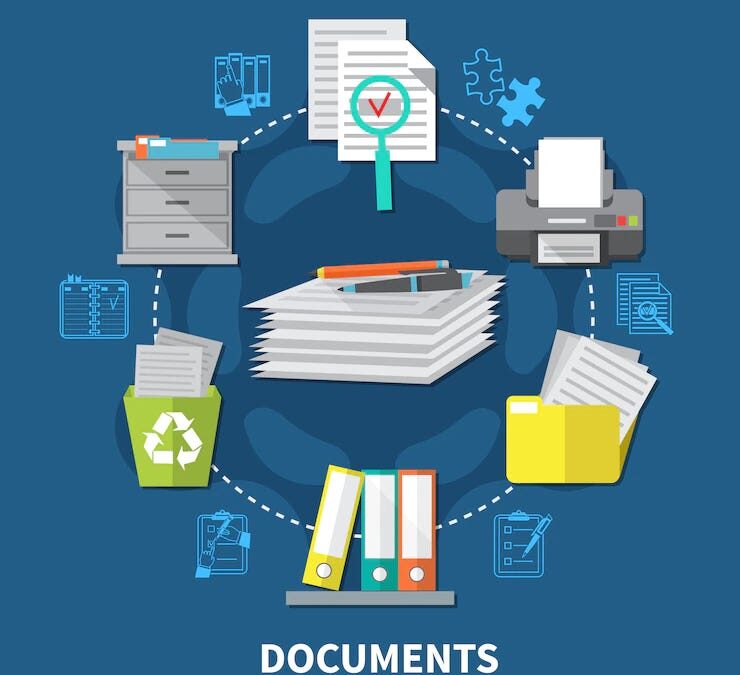We have had three clients in the past twelve months who have been shocked to learn that they were the victims of embezzlement by “trusted” employees. In all instances these were dependable and loyal employees – until they weren’t. What drives an employee to go over to “the dark side”, and why, is a very complicated question, and one that employers cannot easily comprehend. As an employer you can protect yourself, however, by reducing your embezzlement risk.
With tax season at hand, businesses are taking a closer look at their financial results, and at the underlying numbers that make up those results. Sometimes with unexpected and unpleasant surprises that turn up in odd and serendipitous ways. Sometimes it turns out that your financial performance was below expectations because you have been the victim of embezzlement by a trusted employee.
 It is very difficult to stop a seasoned and experienced embezzler. Fortunately, most embezzlers are neither seasoned nor experienced, but are instead desperate people driven to do something they know is intrinsically wrong. They simply cannot resist the temptation to pick that “low hanging fruit” and dip their hand in the corporate cookie jar, when that cookie jar is so accessible and apparently unguarded.
It is very difficult to stop a seasoned and experienced embezzler. Fortunately, most embezzlers are neither seasoned nor experienced, but are instead desperate people driven to do something they know is intrinsically wrong. They simply cannot resist the temptation to pick that “low hanging fruit” and dip their hand in the corporate cookie jar, when that cookie jar is so accessible and apparently unguarded.
It needn’t be so accessible, however, with just a few simple procedure changes for your organization. These procedures are typically categorized by accountants as “internal controls.”
Key to the concept of internal financial controls is the dispersal of fiduciary responsibilities across a select group of employees, segregating financial duties such that no single employee has control of every stage of the financial management process.
We strongly recommend that you discuss the concept of internal controls with your accountant, if you have a working relationship with some type of financial advisor. Lacking that, here are two simple concepts that can be put into practice in even the smallest, most informal business organization.
- The employee who opens the mail and assembles the checks for deposit should not be the same person who completes the deposit slip for those checks and takes checks to bank (or scans checks for electronic deposit). Ideally, the person who opens the mail should also maintain a daily log of checks received. This log can be maintained manually, or in a simple spreadsheet. The log should be reconciled monthly against the bank statement(s).
- The employee who prepares checks and records cash receipts should not be the same person who signs those checks, nor be the same employee who reviews the bank statement and performs the monthly bank reconciliation.
Segregating these three duties –
- opening the mail and processing envelopes with checks contained in them,
- preparing deposit slips and writing checks
- signing checks and reconciling the bank statements
can provide the basic oversight needed to prevent cash-strapped or otherwise desperate employees from succumbing to the lure of easy cash when they think no one is looking.
There are many more internal control procedures, with corresponding documentation, that your accountant can recommend if you need more sophisticated loss prevention safeguards than the simple steps presented here. Depending on reader interest we may publish a follow up article elaborating on this topic.
These simple procedures won’t completely block a persistent and accomplished embezzler, but they will discourage most otherwise trustworthy employees from overstepping their bounds and sticking their hand in the cookie jar.
Need help devising a workable set of internal controls for your organization? Give us a call at 877.357.0555 or email us at [email protected] to discuss your needs, and let us help you implement some simple processes for reducing your risk of loss from employee misbehavior.

Jack Schaller has been active in the field of law office technology since 1989, and has worked with a variety of commercial accounting, legal billing, practice management, and document management software products during his twenty plus years in the software consulting field. During his tenure as a software consultant he has garnered many sales and service awards for his work with legal software products. Jack is a frequent presenter at legal conferences and seminars, and is a regular contributor to TechnoLawyer and other technology publications.



